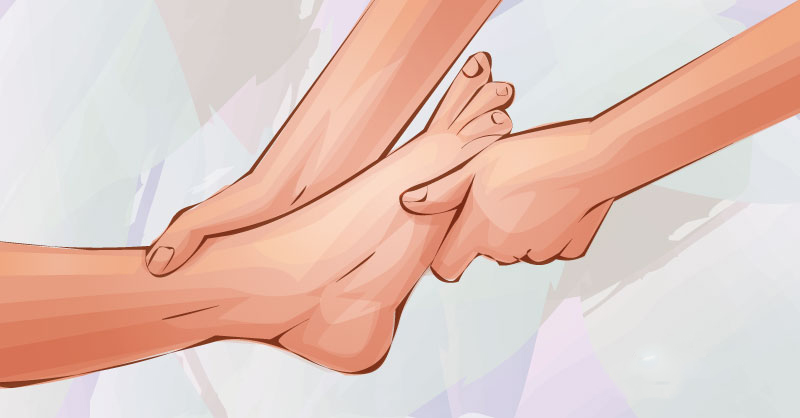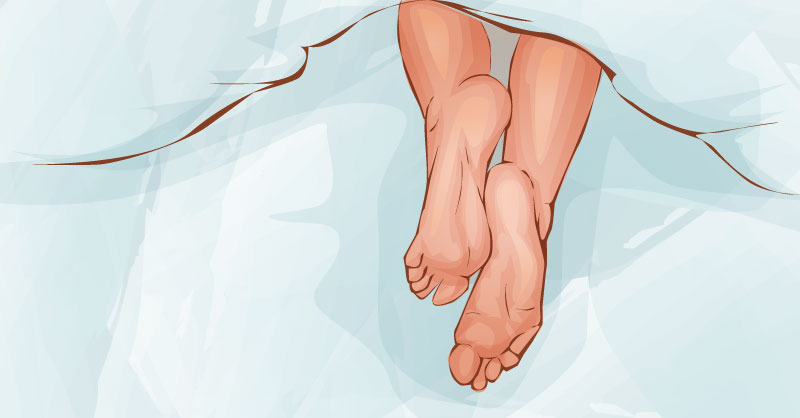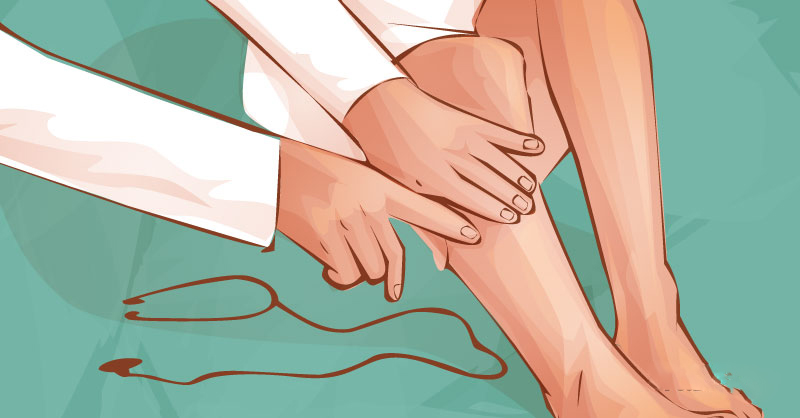What is restless legs syndrome and how common is it?
Restless legs syndrome (RLS) is a disorder, characterized by a strong, uncontrollable urge to move your legs. People with RLS experience this urge along with strange and unpleasant sensations in their legs, which they often describe as creeping, crawling, pulling, itching, tingling, burning, aching, or electric shocks. RLS can start at any age, even in childhood, but it is more common in people who are middle-aged or older. Women are more likely than men to develop the condition. It’s estimated that 5–15% of people in the U.S. have RLS.

What are the symptoms of restless legs syndrome?
The name of the condition speaks for itself. Signs and symptoms of RLS are usually the following:
— an irresistible urge to move your legs;
— leg discomfort, temporarily relieved by movement;
— symptoms usually start when you’re not moving, such as when you’re lying down and resting, or sitting for a prolonged period of time (in a car, airplane, or cinema);
— symptoms start or get worse in the evening or at night and can disrupt your sleep.
Use of alcohol and tobacco can trigger or aggravate the symptoms.
Mild to moderate symptoms can usually be eased with home treatments. Severe cases often require treatment with medications.

Who is more likely to develop restless legs syndrome?
Certain groups of people may be more likely to develop the disorder. They include:
— people with a family history of RLS;
— people of Northern European descent;
— women in the third trimester of pregnancy (symptoms usually go away after they give birth);
— people who use certain medications, including antidepressants, antipsychotics, antihistamines, calcium channel blockers, and anti-nausea drugs;
— people with certain conditions, including peripheral neuropathy, kidney failure, Parkinson’s disease, diabetes, and iron deficiency.
How can you relieve the symptoms of restless legs syndrome?
Symptoms of mild to moderate restless legs syndrome can often be successfully controlled with lifestyle changes and home remedies, which include:
— warm baths can help relax your muscles;
— applying heating pads or ice packs to your legs may relieve unpleasant sensations;
— proper sleep hygiene (keeping your bedroom dark and quiet, going to bed and waking up at the same hours daily, limiting screen time before going to bed, etc.) can also be helpful, as RLS often causes sleep problems;
— relaxation techniques, such as yoga and meditation, may help relieve stress brought on by RLS and ease the symptoms to some extent;
— regular mild or moderate exercise is also beneficial, but intense exercise is not recommended because it can worsen your symptoms;
— avoiding or limiting use of tobacco, alcohol, and caffeine can help reduce the severity and frequency of your symptoms;
— sit in the aisle seats in the cinemas or on airplanes and trains, so you can stand up and move around if your symptoms start.

Doctors may prescribe medications for treating severe symptoms. They include:
— dopaminergic drugs – they increase levels of dopamine in the brain;
— sedative medications, such as benzodiazepines;
— opioids (in extreme cases);
— anti-seizure drugs.
Ask your doctor about any potential side effects of these medications, if he or she prescribes them.




